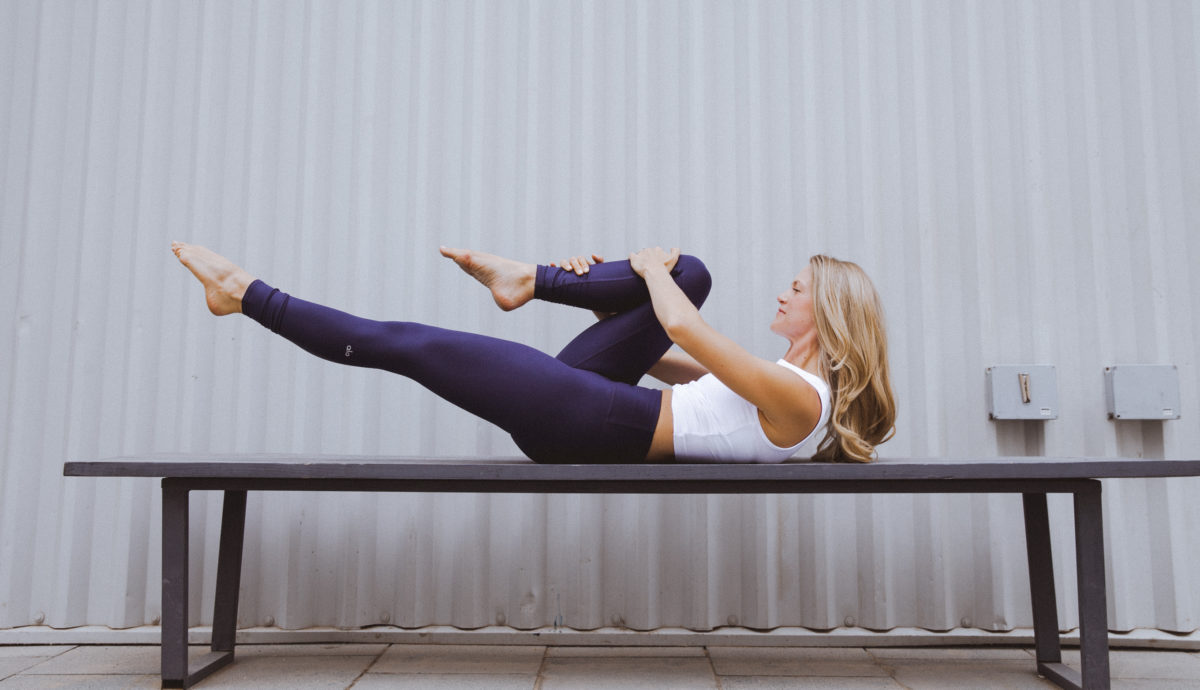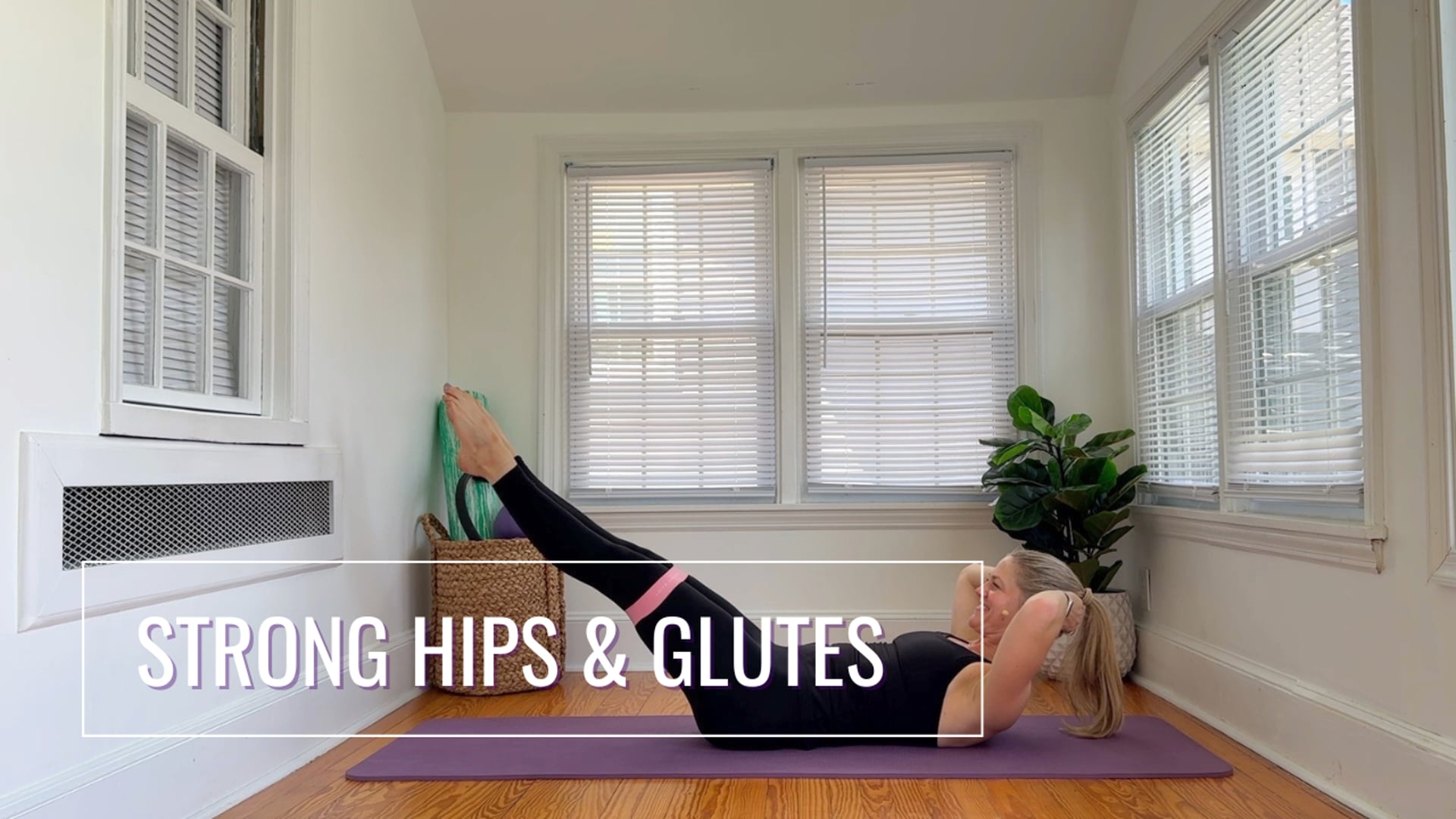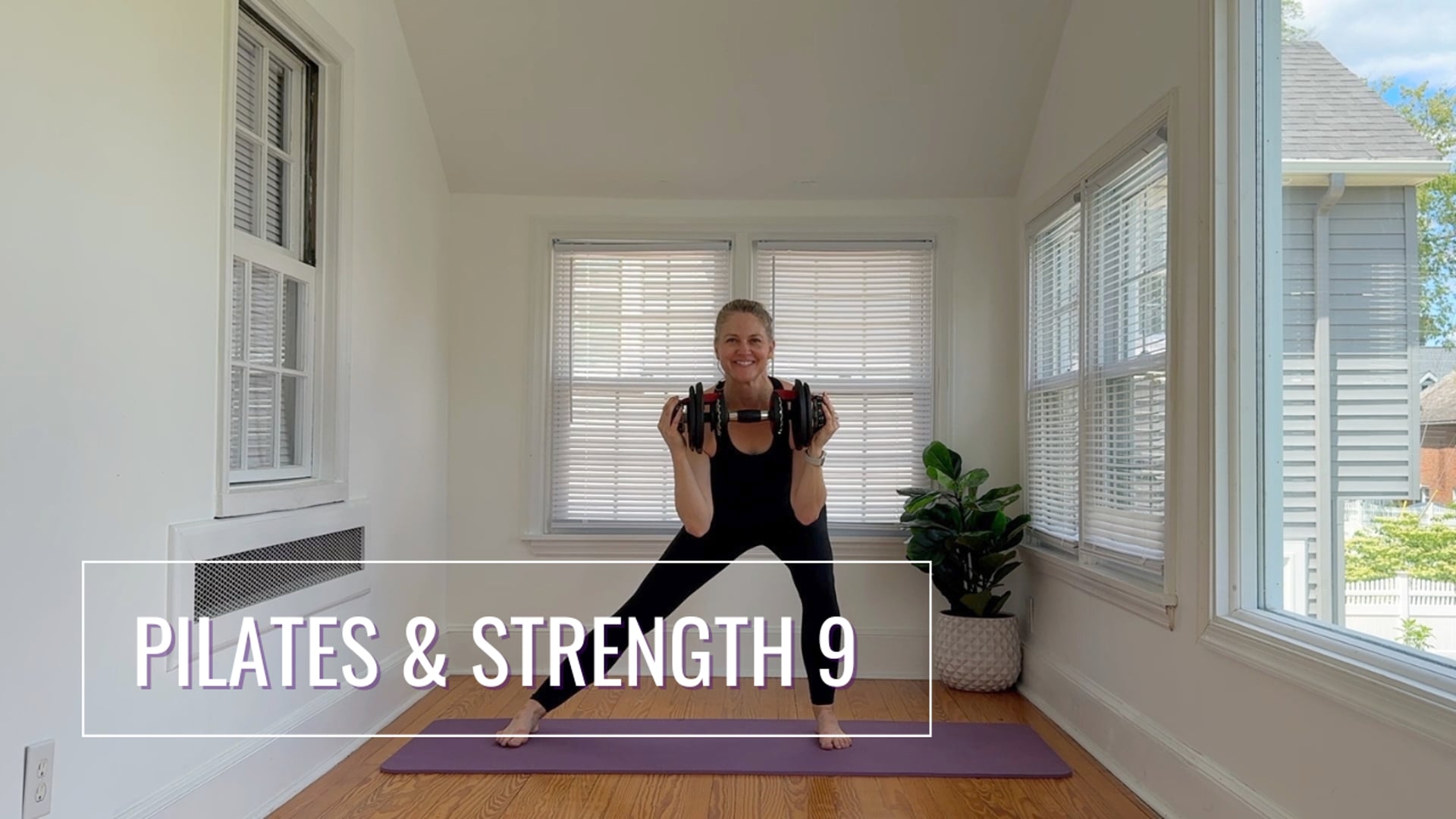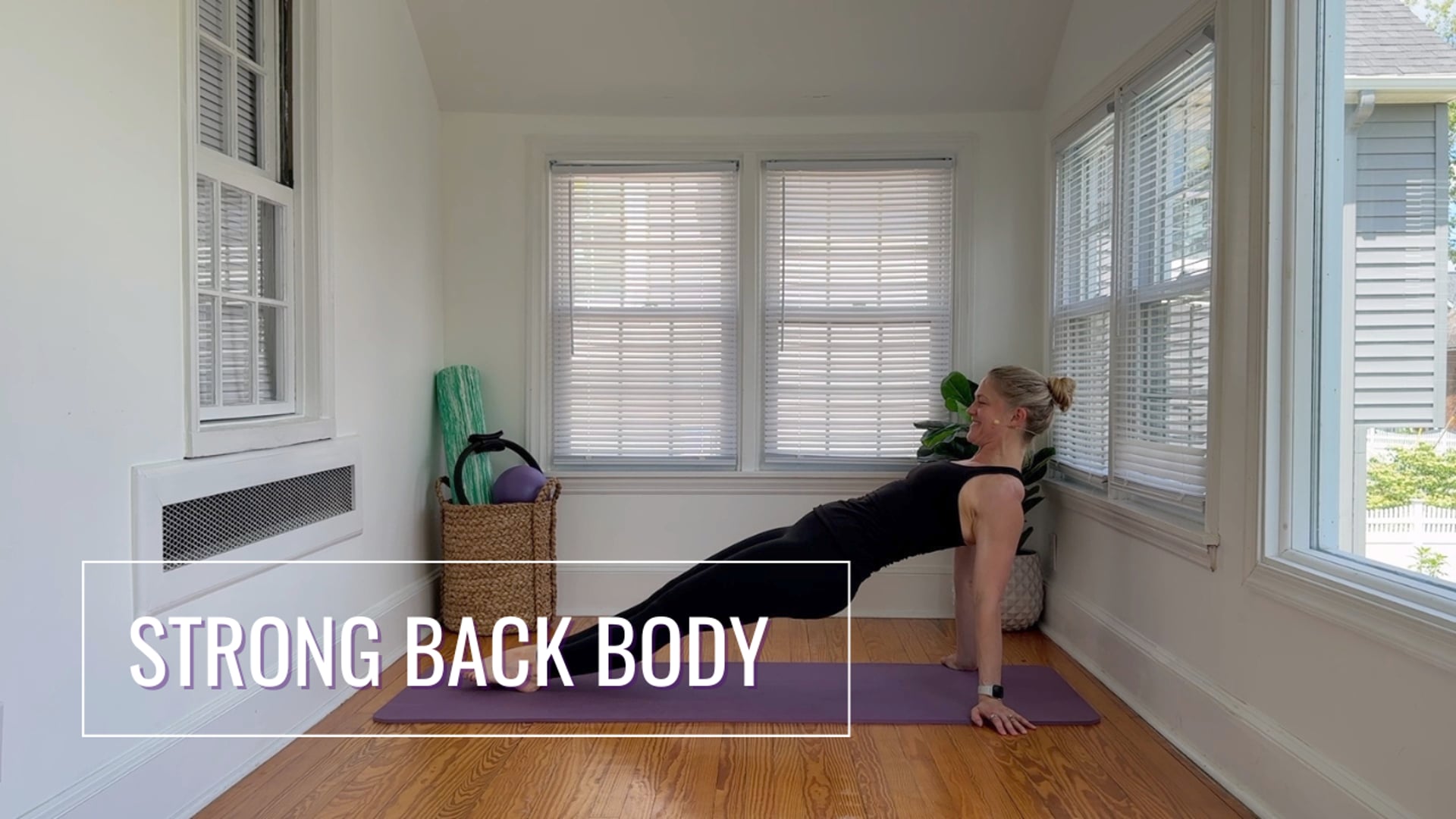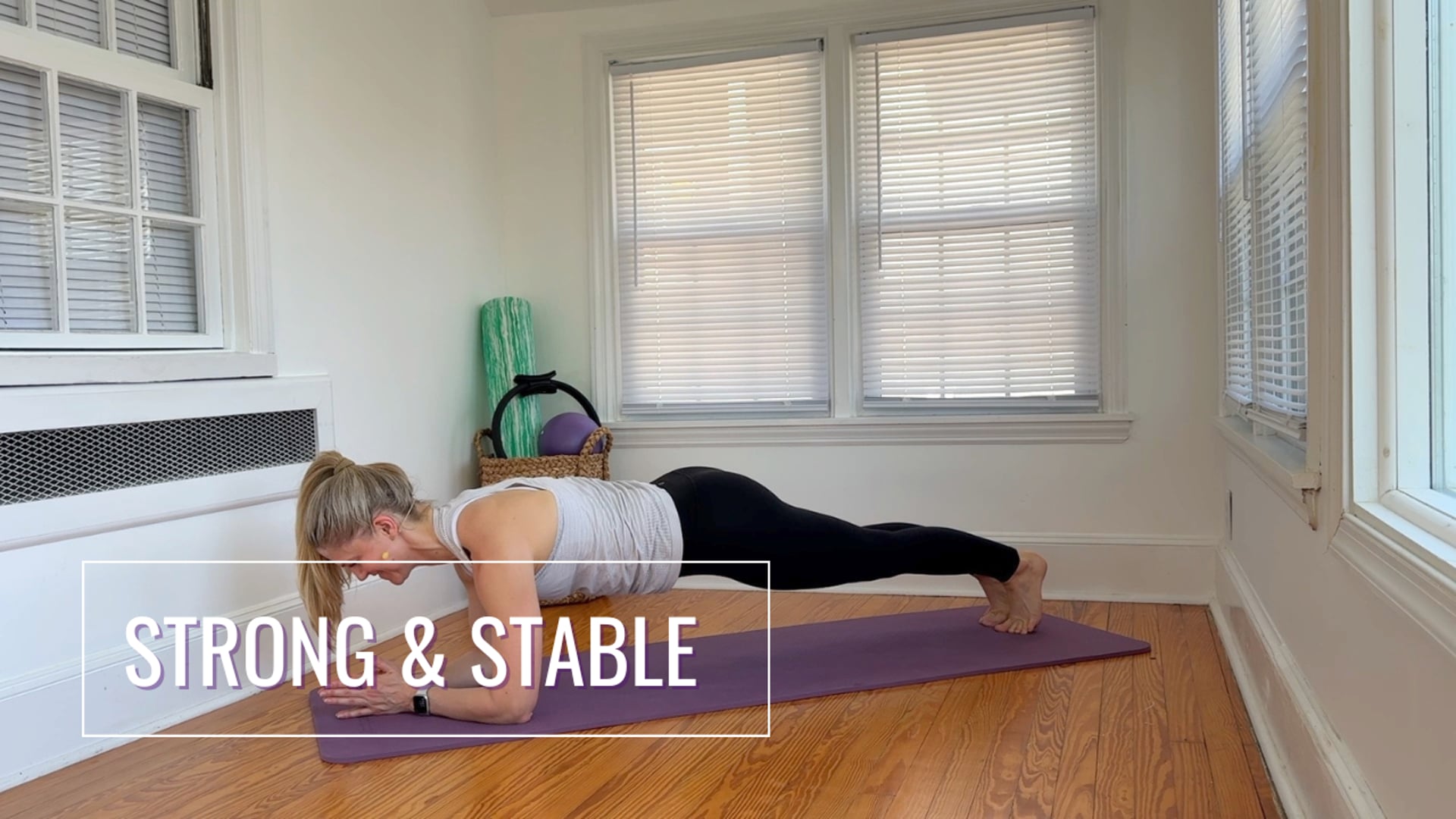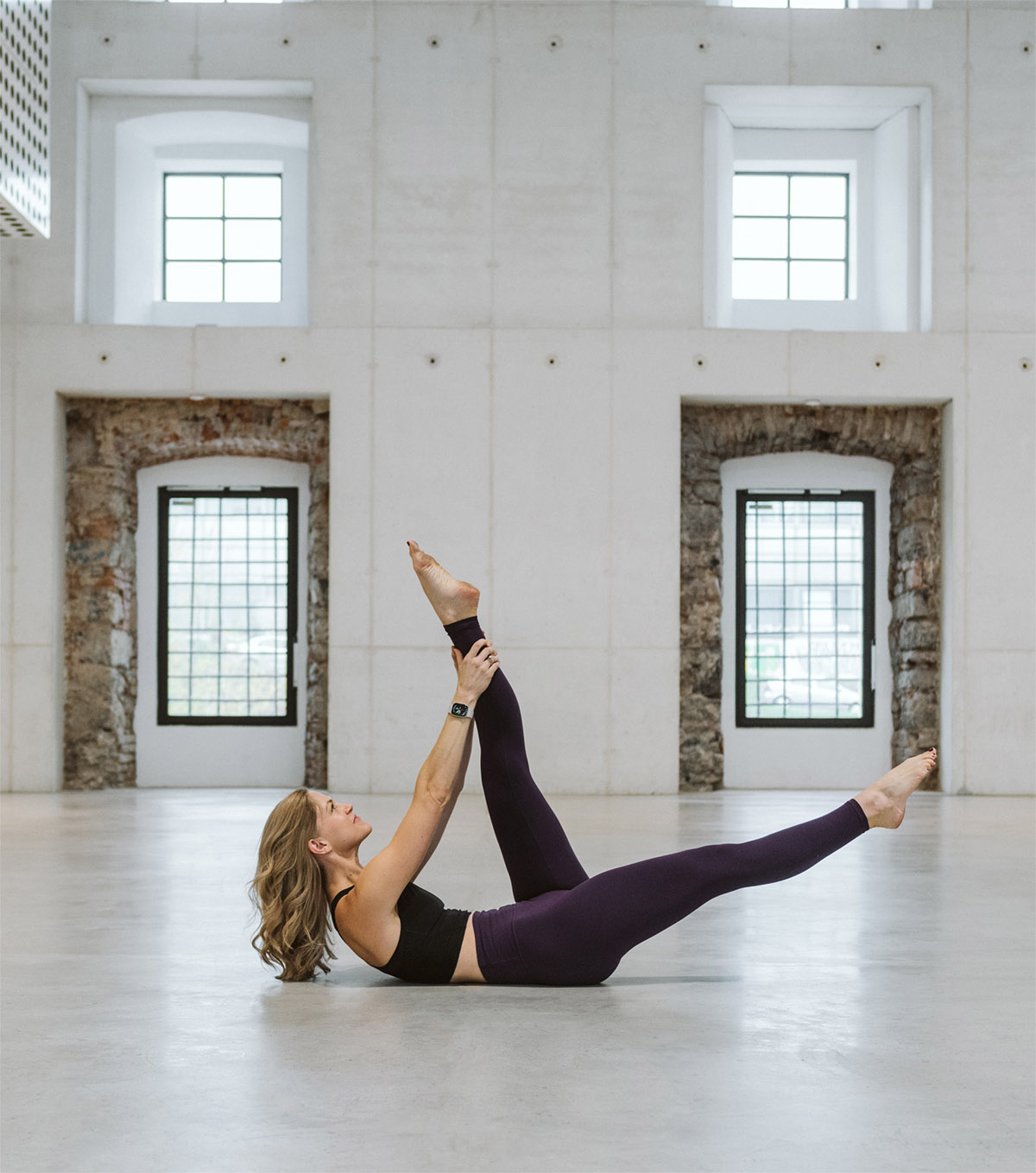For female runners, the quest to become stronger, more efficient, and less prone to injuries is an ongoing journey. While running is an excellent way to stay fit and active, incorporating cross-training exercises like Pilates into your routine can take your performance to the next level. In this post, we’ll explore three important ways Pilates can make you a stronger, more efficient runner who is less likely to get injured.
1. Core Strength and Stability
One of the most significant benefits of Pilates for female runners is the development of core strength and stability. The core muscles, including the abdominal muscles, obliques, and lower back, play a crucial role in maintaining proper running form and reducing the risk of injuries.
Here’s how Pilates can help:
- Improved Posture: Pilates exercises emphasize body awareness and alignment, helping you develop better posture during running. A strong core supports an upright position, reducing your back and neck strain.
- Balanced Muscle Engagement: Pilates builds whole body and abdominal strength, ensuring your muscles and bones work harmoniously. This balance prevents overuse of specific muscles and reduces the risk of imbalances that can lead to injuries.
- Enhanced Hip Flexor Control: Strong core muscles can help you better control your hip flexors, preventing excessive hip flexion during your stride. This can reduce the risk of issues like IT band syndrome and hip pain.
2. Flexibility and Range of Motion
Maintaining flexibility is essential for female runners to prevent muscle tightness and joint problems. Pilates is an excellent way to increase your flexibility and range of motion, which can translate into improved running performance:
- Lengthened Muscles: Pilates exercises focus on elongating and stretching muscles, promoting a full range of motion. This can help prevent muscle cramps and tightness during and after runs.
- Improved Joint Mobility: Regular Pilates practice can increase the flexibility of your joints, particularly in the hips and ankles. This added mobility can contribute to a smoother, more efficient running gait.
- Reduced Risk of Overuse Injuries: By improving your flexibility, Pilates can help prevent overuse injuries, such as shin splints and stress fractures, which are common among runners.
3. Injury Prevention and Rehabilitation
Female runners often face the risk of injuries due to the repetitive nature of the sport. Pilates can be an effective tool for both injury prevention and rehabilitation:
- Prehabilitation: Pilates exercises can strengthen the muscles surrounding vulnerable areas, such as the knees and ankles. By doing so, you create a protective shield against potential injuries.
- Rehabilitation: Pilates can be part of your rehabilitation plan in the unfortunate event of an injury. It helps you regain strength and flexibility gradually, reducing the risk of reinjury when you return to running.
- Mind-Body Connection: Pilates emphasizes a mind-body connection, helping you become more attuned to your body’s signals. This heightened awareness can assist in identifying and addressing potential issues before they escalate into injuries.
Pilates is a fantastic cross-training option for female runners looking to enhance their running performance and reduce the risk of injuries. Pilates can make you a stronger, more efficient runner by focusing on core strength, flexibility, and injury prevention. So, whether you’re a seasoned athlete or just starting your running journey, consider incorporating Pilates into your routine to unlock your full potential and stay injury-free on the road or trails. Your body will thank you with improved performance and longevity in your running journey.

